Published: Oct 1, 2025Time to read: 9mins Category: Talent Management
5 Ways Leaders in Performance Management and Performance Leadership Are Forging Ahead of the Competition
Table of contents
The 2025 edition of HR.com’s Future of Managing and Leading Performance 2025 report concludes that “standard performance management is not enough,” and advocates for “performance leadership”. Yet, this is something that just 38% of today’s HR professionals give their organizations high marks in. In this article, Anastasia Fete, Senior Director of Product Marketing at PeopleFluent, explores what sets these performance management leaders apart, so you can emulate their behavior.
Overview: Performance Management and Leadership in HR.com’s Report
The report’s descriptions of performance management and performance leadership are shaped by respondents to the survey.
- HR professionals are said to associate performance management with task-oriented activities such as monitoring progress, addressing underperformance, and ensuring compliance.
- Performance leadership, meanwhile, is linked more with people development and inspiration. The vast majority of respondents associate it with building a culture of trust and inspiring a shared vision. Coaching and mentoring are also viewed as functions of performance leadership.
With these definitions delineated, the survey asked respondents to what degree they felt their organizations successfully engaged in performance management and performance leadership. 48% rated their organization as highly or very highly successful at performance management, whereas a smaller 38% said the same of their organization’s performance leadership efforts.
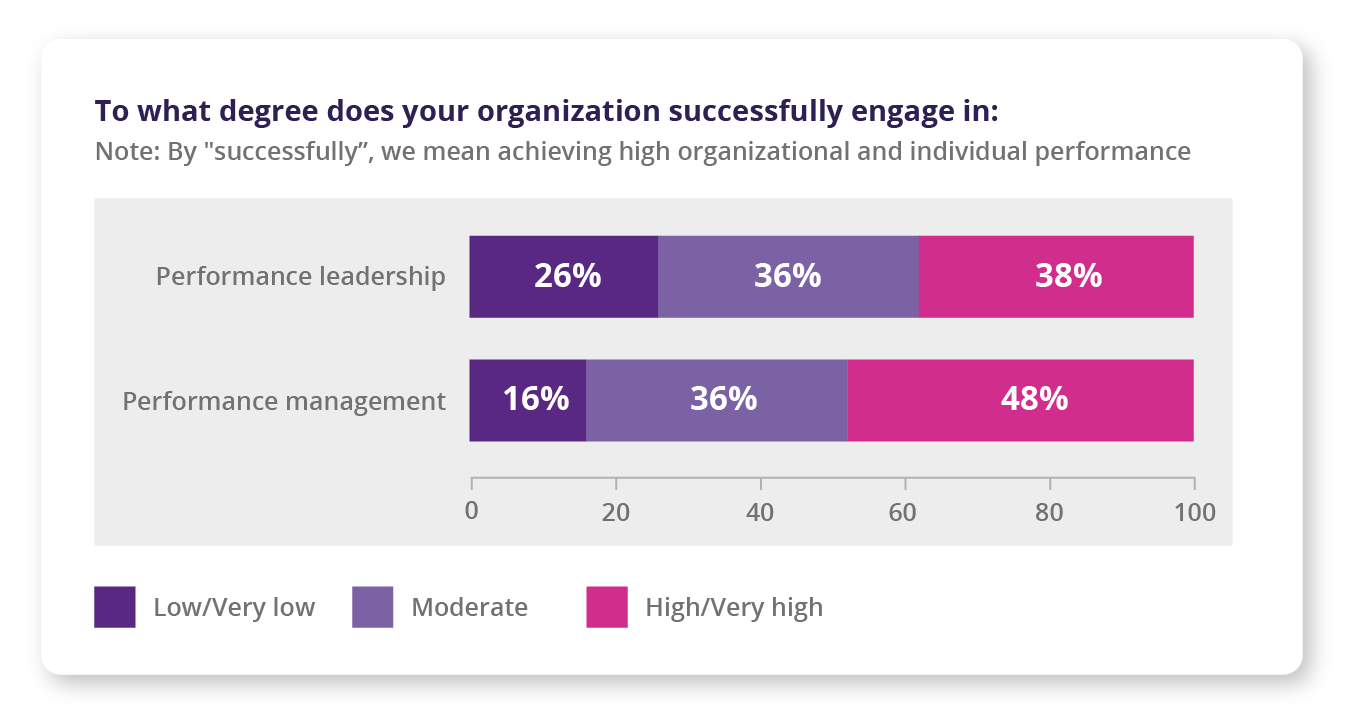
Figure 1: Responses to the question “To what degree does your organization successfully engage in performance leadership/performance management?”
The report also notes a strong positive correlation (r ≈ 0.87) between organizational success in performance management and performance leadership—suggesting that when organizations excel in structured performance processes, they also tend to foster effective leadership behaviors. It goes on to say that this “underscores the importance of shifting from a purely mechanistic approach toward embedding leadership capability within performance practices.”
As you may be familiar with if you’ve ever encountered other HR.com reports, the report subsequently sorts responses into cohorts of “leaders” and “laggards”—here, this is determined by organizations that answered “high” or “very high” to the above question. These cohorts are then applied to the other questions in the survey, hinting towards the characteristics of more and less effective performance management and performance leadership practices.
So, what are leaders in performance management and performance leadership doing that potentially sets them apart? Let’s take a closer look.
1) Leading Organizations Are Significantly More Likely to Say Their Managers Are Skilled and Sufficiently Trained
The survey paints a quite negative picture of manager competency with performance management and leadership: just 34% agree or strongly agree that their managers are skilled at performance management, or that they have received sufficient training. Only 23% say their managers are skilled at performance leadership.
However, when looking at the cohort of leading organizations alone, the picture is more encouraging:
- 72% say their managers are skilled at performance management
- 61% say their managers have received sufficient training in performance management
- 57% say their managers are skilled at performance leadership
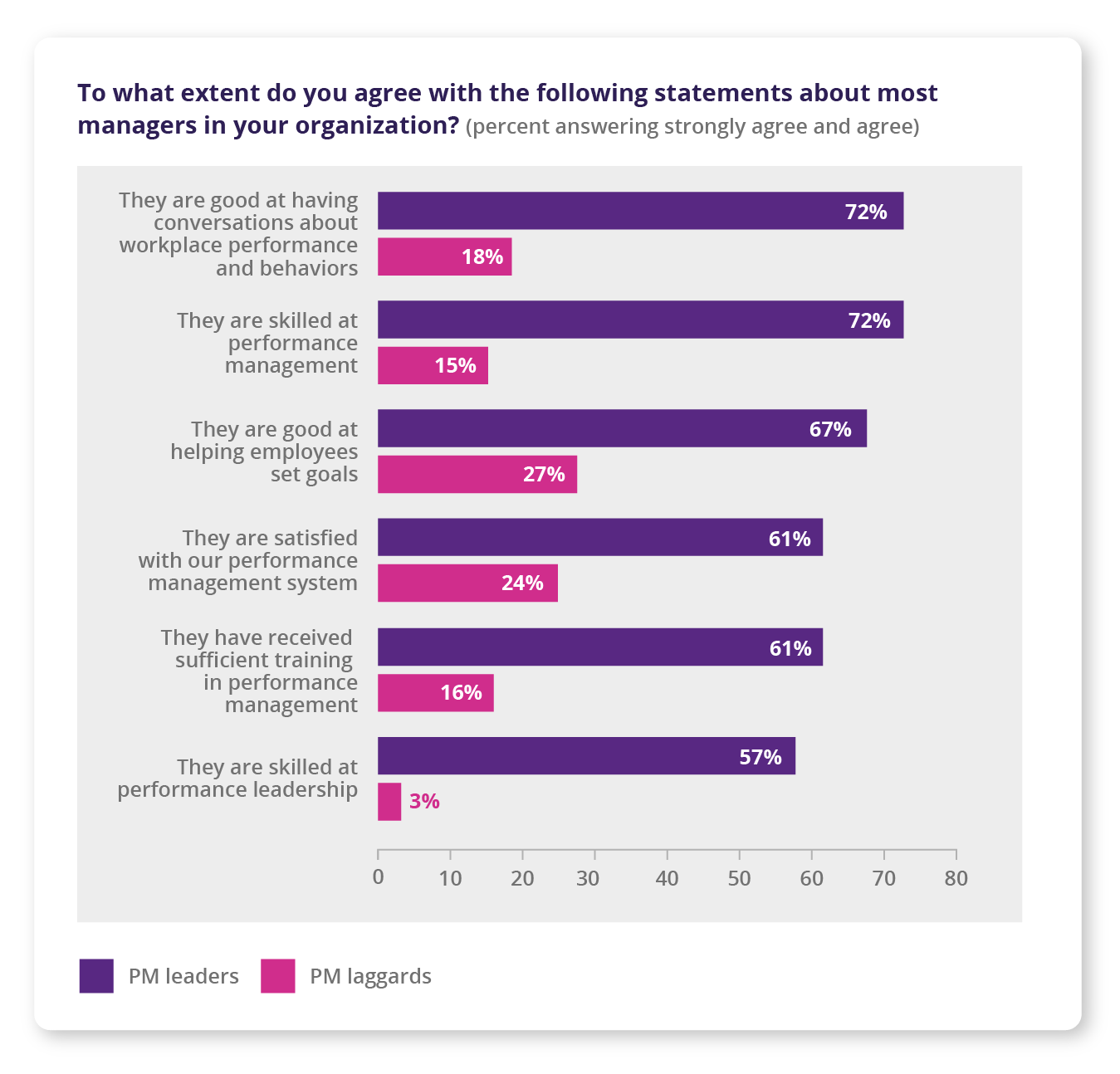
Figure 2: Responses to the question “To what extent do you agree with the following statements about most managers in your organization?”
An HR consultant quoted in the report opines: “Many managers struggle to set clear, measurable, and aligned goals that connect individual contributions to broader organizational objectives. Without this clarity, employees often lack direction and purpose.”
Another HR leader offers her perspective: “The most persistent gaps I see are prioritization and accountability—especially in ‘player-coach’ roles. Too often, managers struggle to balance their own workload with the responsibilities of coaching and developing others, which pushes performance leadership to the back burner.”
HANDPICKED FOR YOU | ‘6 Strategies to Boost Your Continuous Feedback Program’
2) Plans for AI Usage Are More Pronounced in Leading Organizations
Across the board, organizations are readying themselves for an AI-assisted future, and the report notes that only a tenth of organizations say they will not be using AI at all in their performance management processes within the next two years. The report observes that this is a somewhat significant change since the previous year’s report—when one-fifth said the same.
This isn’t to say that organizations necessarily have a strategy for AI drawn up. 32% say that they don’t yet know how AI will be used, just that they know it will be.
As you may expect, leading organizations are more likely to have their plans for AI confirmed. Compared to the laggard cohort, they are at least twice as likely to have a plan to use AI to:
- Improve performance analysis and assessment (42% versus 21%)
- Provide training recommendations (40% versus 20%)
- Automate administrative tasks (40% versus 16%)
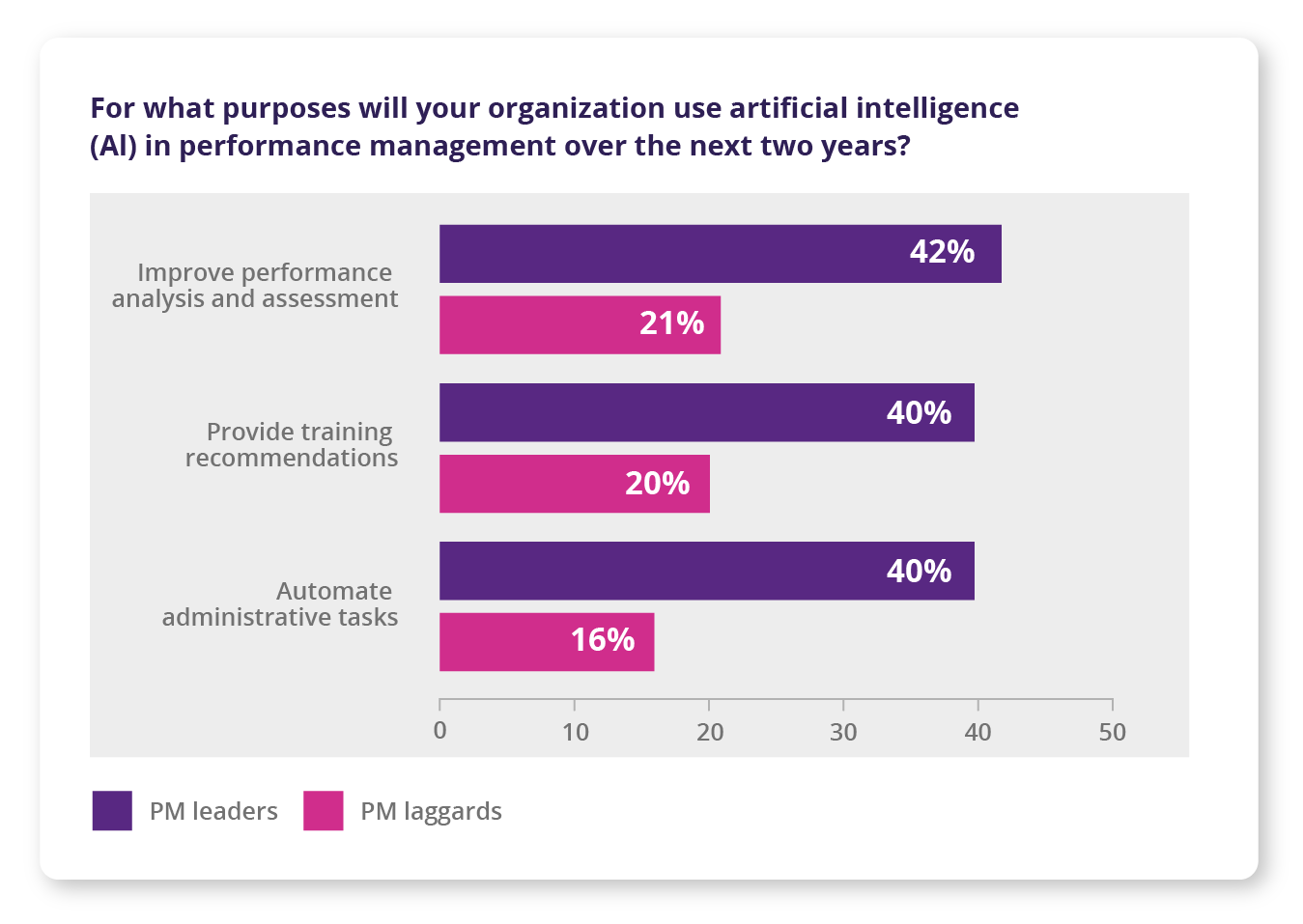
Figure 3: Responses to the question “For what purposes will your organization use artificial intelligence (AI) in performance management over the next two years?”
The report makes the following strategic recommendations regarding AI:
- Build organizational understanding and strategy around AI use in performance management
- Prioritize AI adoption for administrative automation and insightful analysis
- Consider leveraging AI to help make training recommendations
- Stay abreast of new developments in AI as a way of boosting performance
3) Leading Organizations Are More Likely to Use a Diverse Set of Multi-Source Metrics in Their Performance Management Processes
Across many areas of HR practice, we tend to see that the majority of organizations understand that they should be measuring the impact of their work—but they often rely solely on the most basic metrics for doing so. We see that again here, where over three-fifths of all organizations surveyed use goal achievement as a performance metric, and 55% leverage some form of self-rating to some degree. Multi-source datapoints, such as 360 feedback and behavioral scores, are used by only 26% of organizations.
Leaders in performance management and performance leadership are more likely to use all metric types, including these multi-source metrics: 36% of leading organizations use behavior-related scores, and 36% of leading organizations use 360-degree feedback. As the report says, this “reflects a more holistic and informed performance process, offering HR professionals a clear path to enhancing evaluation accuracy and development focus.”
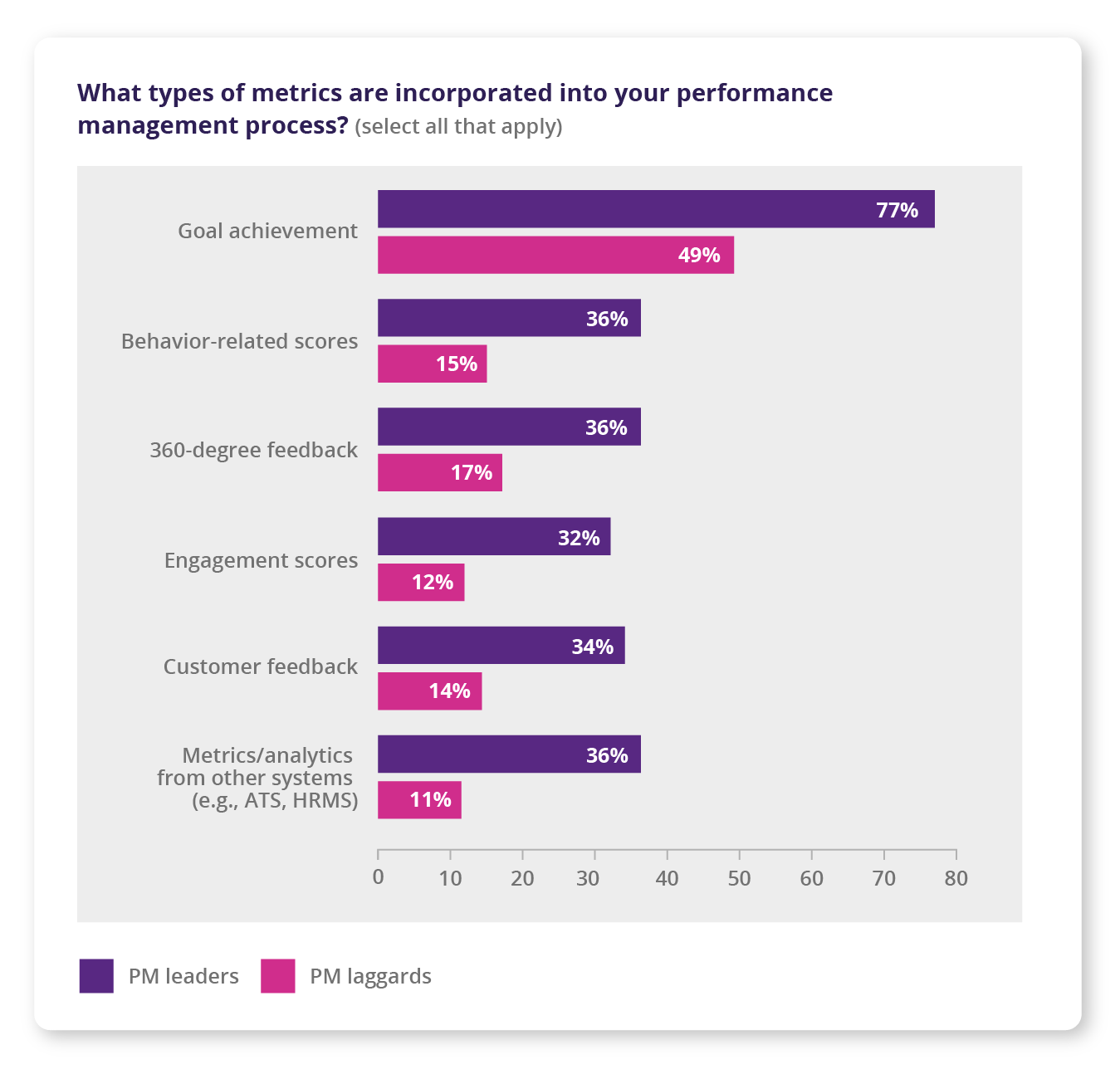
Figure 4: Responses to the question “What types of metrics are incorporated into your performance management process?”
INFORMATION YOU MAY FIND USEFUL | ‘5 Ways to Ensure Talent Management Consistency During Acquisitions’
4) These Efforts Are Significantly More Likely to Lead to Better Employee Development, Experience, and Performance in Leading Organizations
The report includes a question on whether an organization’s ability to manage and/or lead performance results in a range of positive impacts across areas such as legal protection, employee development, and organizational performance. This appears to be quite a polarized state of affairs:
- Whereas 78% of leading organizations say they see better employee development, only 17% of laggards say the same
- Similarly, 65% of leading organizations see increased organizational performance, versus 17% of laggards
- For employee performance, the figures are 64% and 19% respectively
In fact, the only area that more than a fifth of organizations in the laggard cohort achieve favourable outcomes through performance management is in terms of better legal protection. This perhaps suggests that it’s seen as more of a compliance exercise than a talent enrichment one.
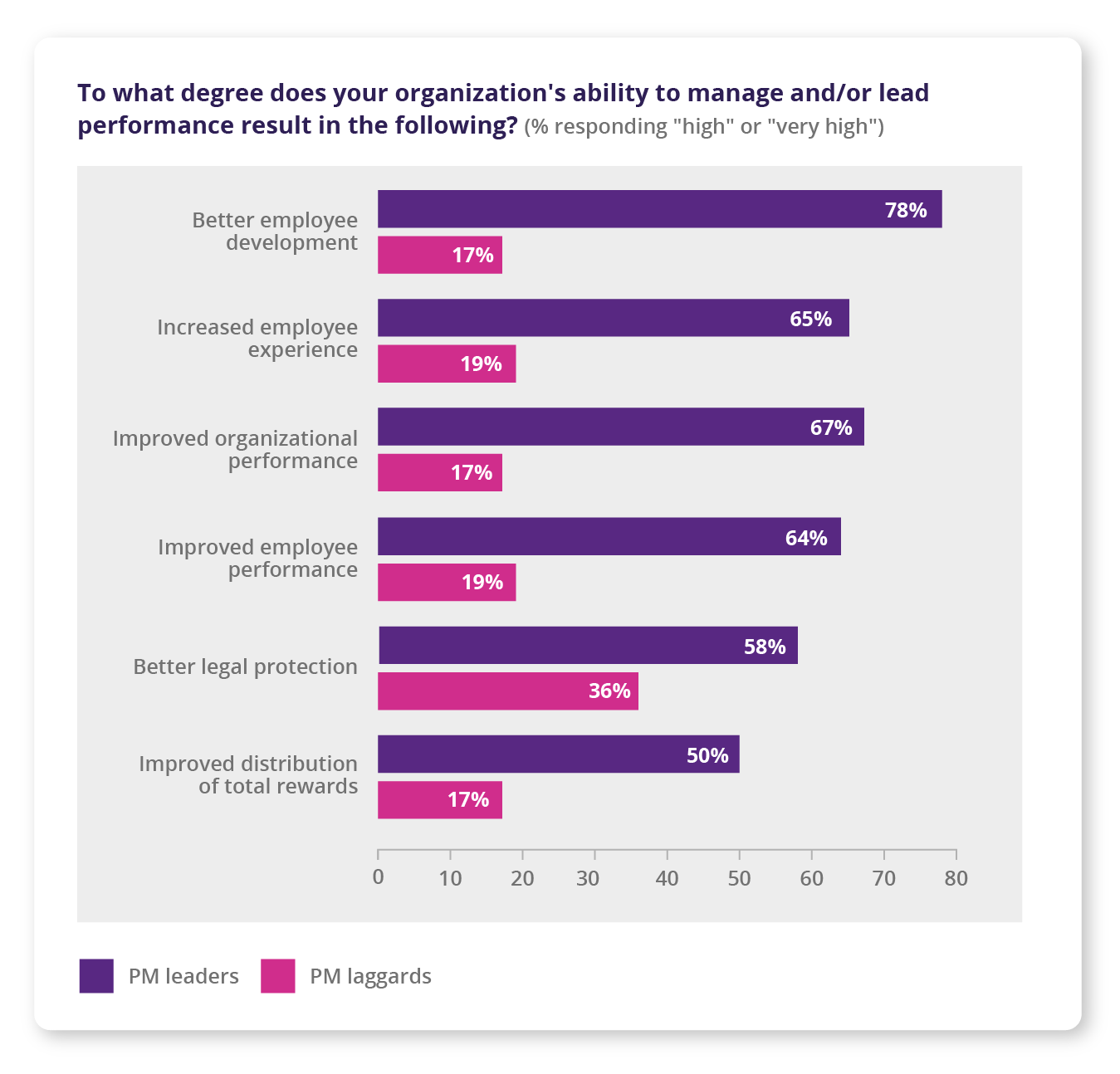
Figure 5: Responses to the question “To what degree does your organization’s ability to manage and/or lead performance result in the following?”
5) Leading Organizations Are More Likely to Have Access to More Advanced Performance Management Technology Systems
When asked to what degree their organization uses any type of digital technology for the purpose of performance management, 47% of respondents at leading organizations answered that they used such technology to a high or very high degree (compared with 30% of the laggard cohort). The report then goes on to look at the kinds of capabilities that these organizations are more likely to have access to via this technology. It found that:
- 54% of leading organizations have performance management systems that evaluate performance against goals (compared with 42% survey-wide, and 31% among laggards)
- 51% of leading organizations have performance management systems that enable 360-degree feedback (compared with 32% survey-wide, and 22% among laggards)
- 41% of leading organizations have performance management systems that enable recognition and praise (compared with 32% survey-wide, and 22% among laggards)
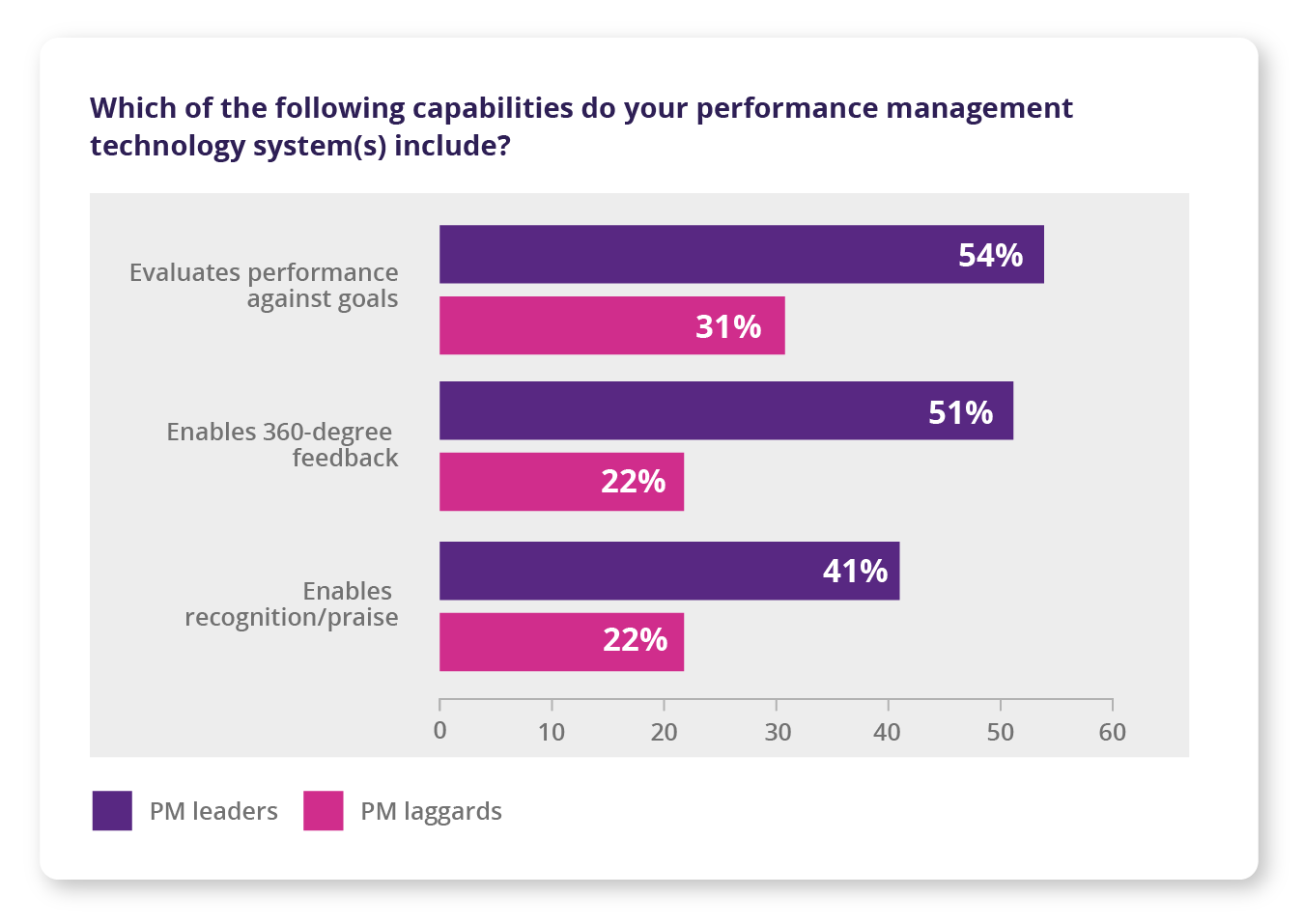
Figure 6: Responses to the question “Which of the following capabilities do your performance management technology system(s) include?”
These capabilities foster employee engagement, enable comprehensive feedback, and support stronger performance cultures overall. The report goes on to recommend that organizations:
- Assess digital tools in terms of performance management capabilities
- Update and adopt technologies to address core needs aside from just reviews and goal tracking
- Tailor technology adoption to organization size and needs
- Consider prioritizing platforms enabling 360-degree feedback and recognition
- Leverage technology to reduce administrative burden and better utilize human performance management skills
LEARN ABOUT ANOTHER TALENT MANAGEMENT TOPIC | ‘The Future-Proofed Workforce: How to Identify and Develop Both Your High-Potential and High-Performing Employees’
Keep Learning About the Future of Managing and Leading Performance
HR.com’s 2025 edition of this report offers 56 pages of analysis covering trends in performance management topics not included in this highlights article. Here are some additional findings to look forward to:
- How a developmental mindset is gaining ground, but gaps persist.
- How, although digital tools are common, they’re nonetheless underutilized for development and feedback
- Why manager capability and accountability remain critical weaknesses
- How coaching and feedback tactics are expected to become more widespread in the near future
- And more besides!
Is Your Talent Management Platform Performance Leadership-Ready?
Is it time for you to move to a more advanced solution? PeopleFluent Talent Management is ready to take you from standard performance management to performance leadership—see it in action with a product demo or take a self-guided tour today.